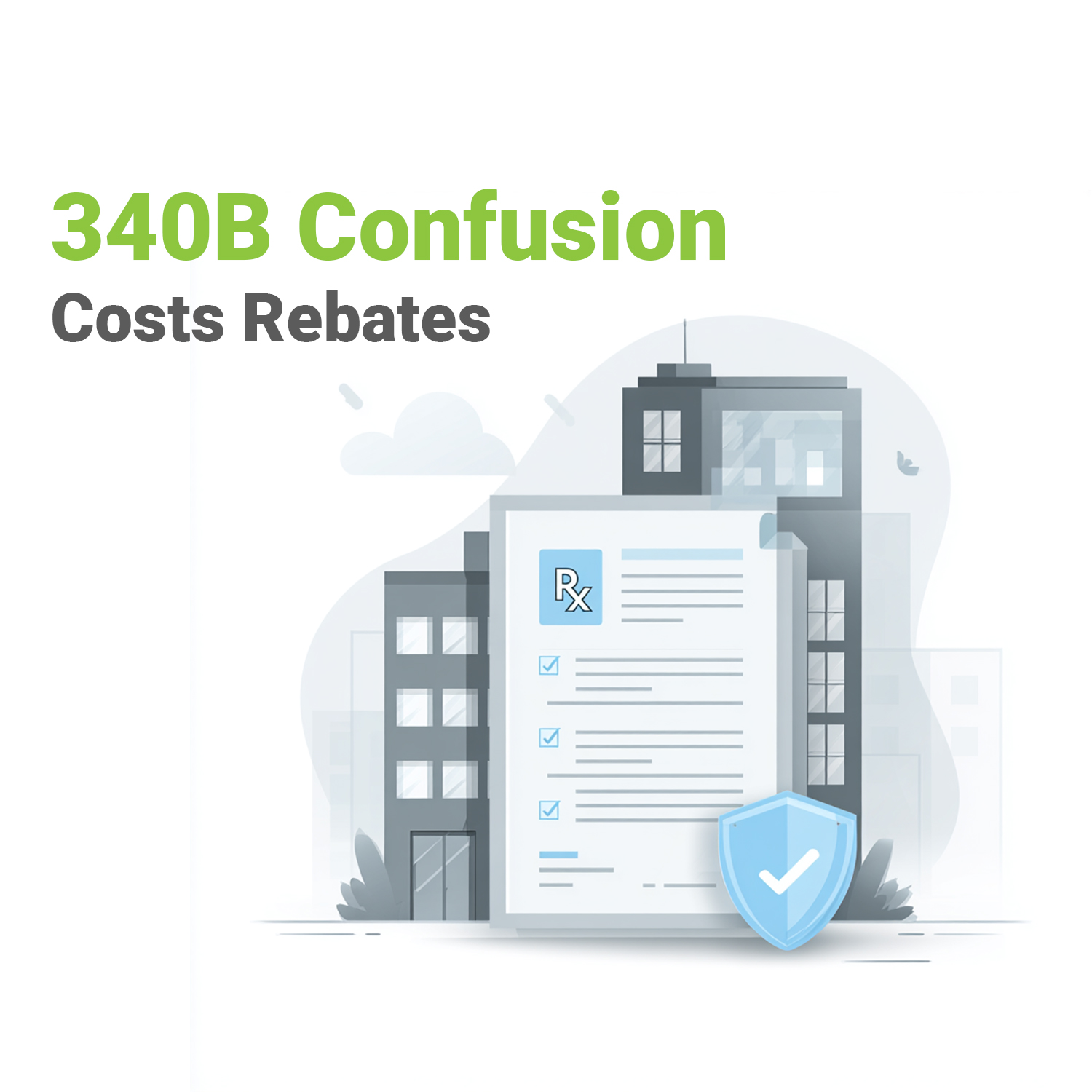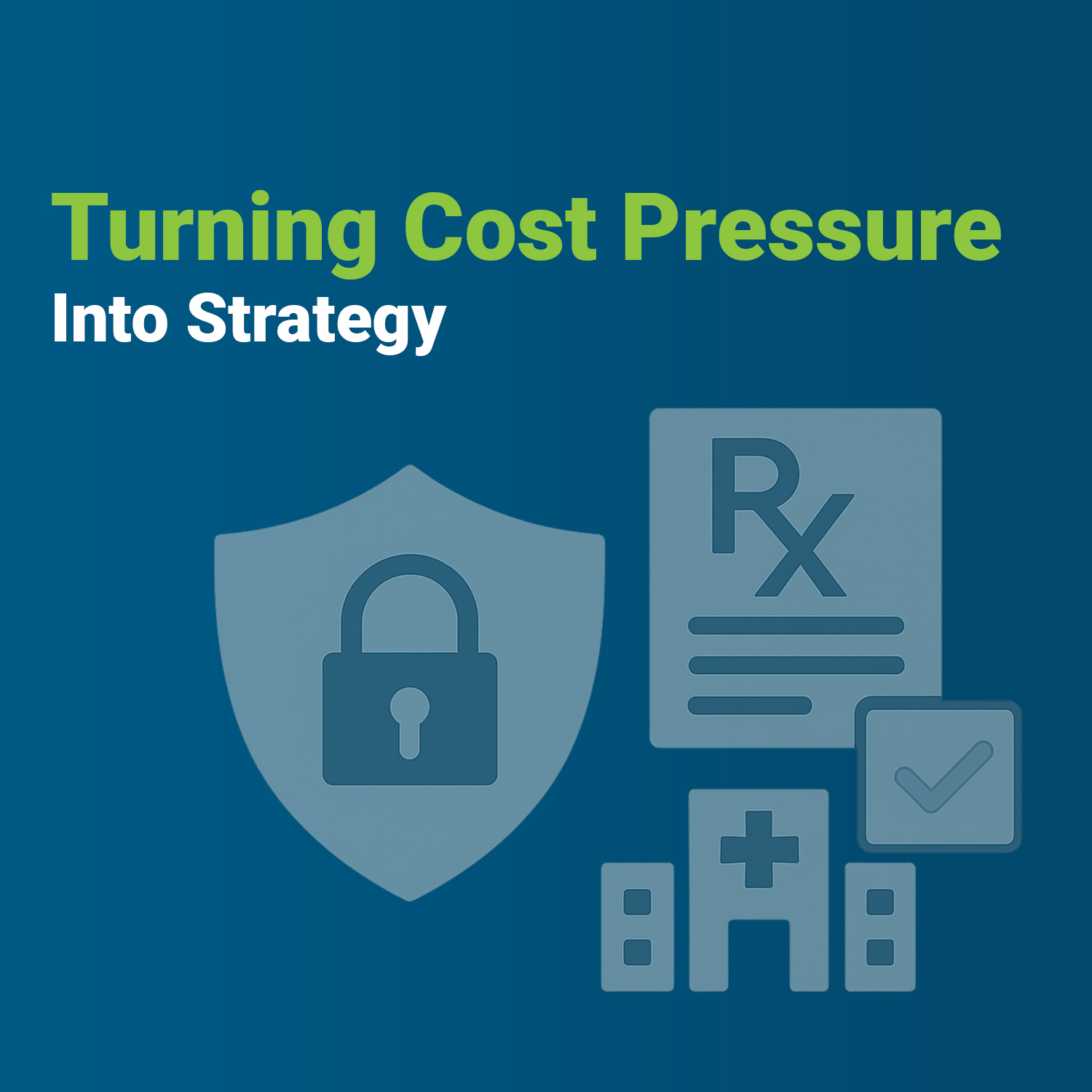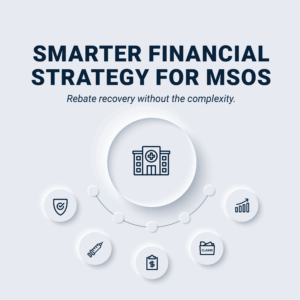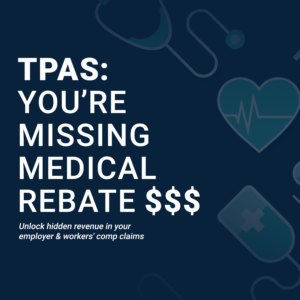By Lisa Quarterman
CEO and Managing Partner
VativoRx
Pharmacy Benefit Managers (PBMs) exist to make prescription drugs more affordable. The fact is, as PBMs have grown in number and prominence, the overall cost to keep people healthy with prescription drugs has gone down.
As the non-partisan Congressional Budget Office (CBO) reported in January:
“After decades of increases, per capita spending on prescription drugs began to level off in real terms (that is, with the effects of economywide inflation excluded) in the mid-2000s. Since that time, such spending has fallen as a percentage of total spending on health care services and supplies.”
So why is it easy to find headlines like “Target the middlemen who drive up drug costs” or “Middlemen reap millions” when you search for information about
Why are some prescription drugs so expensive? Developing new drugs costs a lot and takes a long time in most cases
Patients are always happy when the cost of the drugs they need go down. As an industry and as a company, PBMs and VativoRx exist to find new and innovative ways to decrease drug costs.
That leaves the pharmaceutical companies. Their motivations are to create useful and life-improving drugs, and to make a profit doing so.
To be fair, creating prescription drugs takes a lot of research and development money. And most new drugs will never make it all the way to market. So pharmaceutical companies say they must charge a high price to recoup their costs, not just for that particular drug, but for all of the others that didn’t make it.
And let’s not forget that “big pharma” as they’re popularly named is essential to a healthy world. As recently as Covid 19 we saw the benefits of having large streamlined organizations ready and able to develop vaccines and treatments for the deadly virus.
But if we’re being honest with ourselves, it’s only the pharmaceutical manufacturers who are incentivized to raise prices or maintain high prices. The supposed “middlemen” of PBMs are looking for efficiencies. And patients are looking for savings.
As the Pharmaceutical Care Management Association notes, “Ironically, the industry that controls the list price of prescription drugs has attempted to point the finger at those focused on reducing the cost of prescription drugs for patients and payers.”
We’ll keep doing our work here to save money for company sponsors, their employees and their employees’ families. Call us middlemen if you must, but know that PBMs are your advocates for access and affordability.
Photo by Amirhossein Azandarian Malayeri on Unsplash






